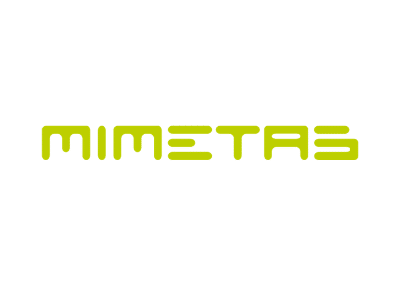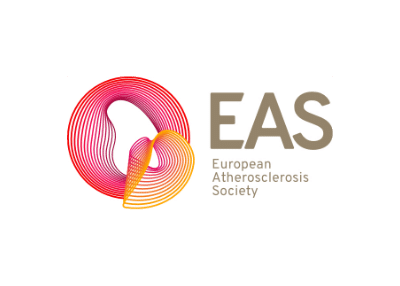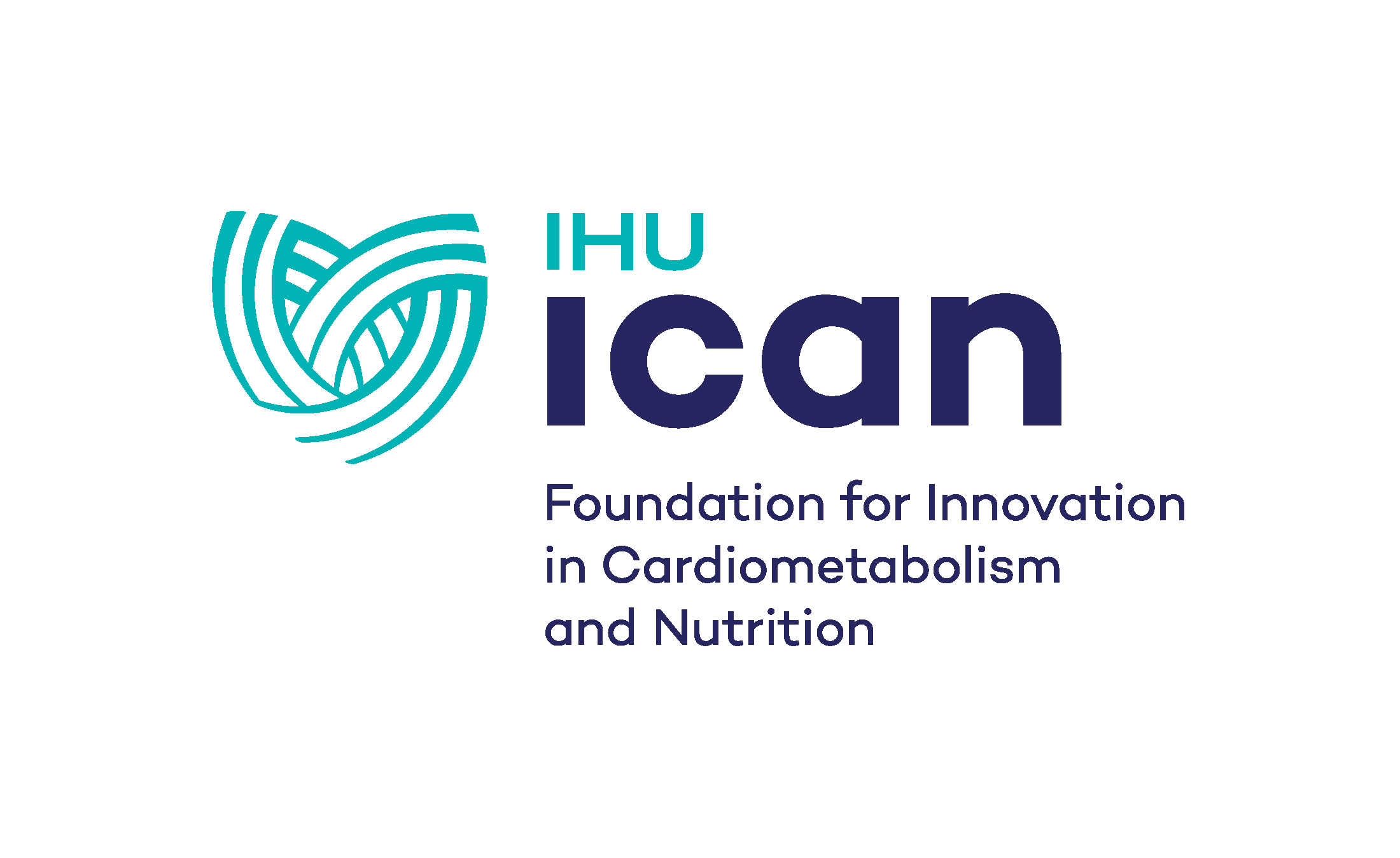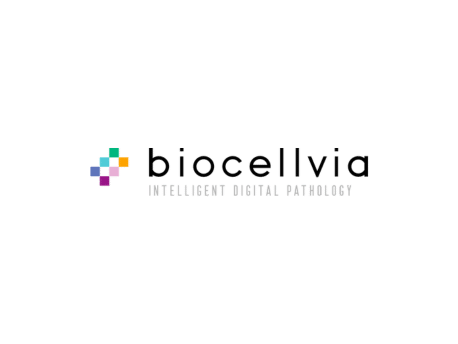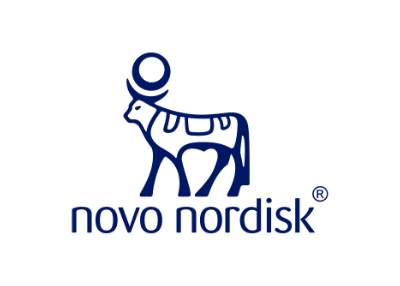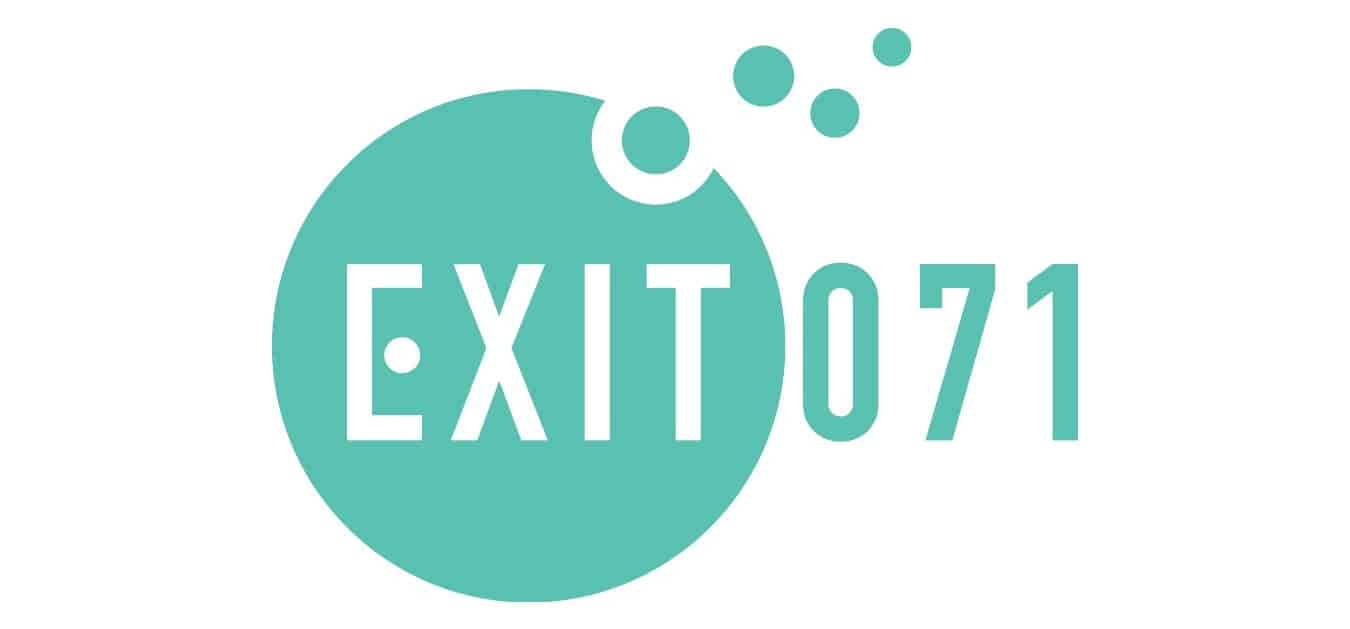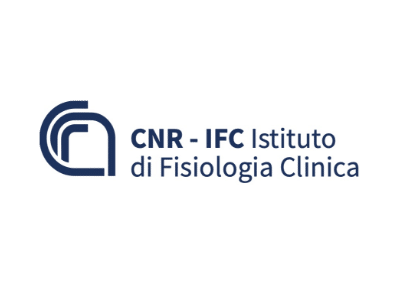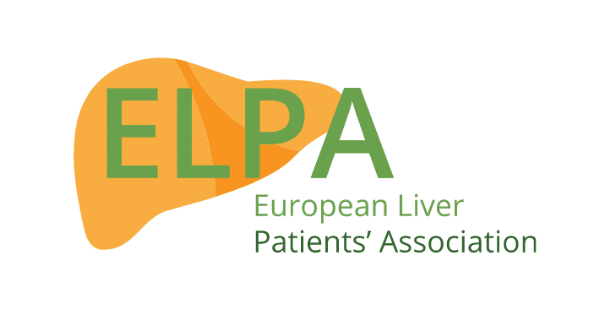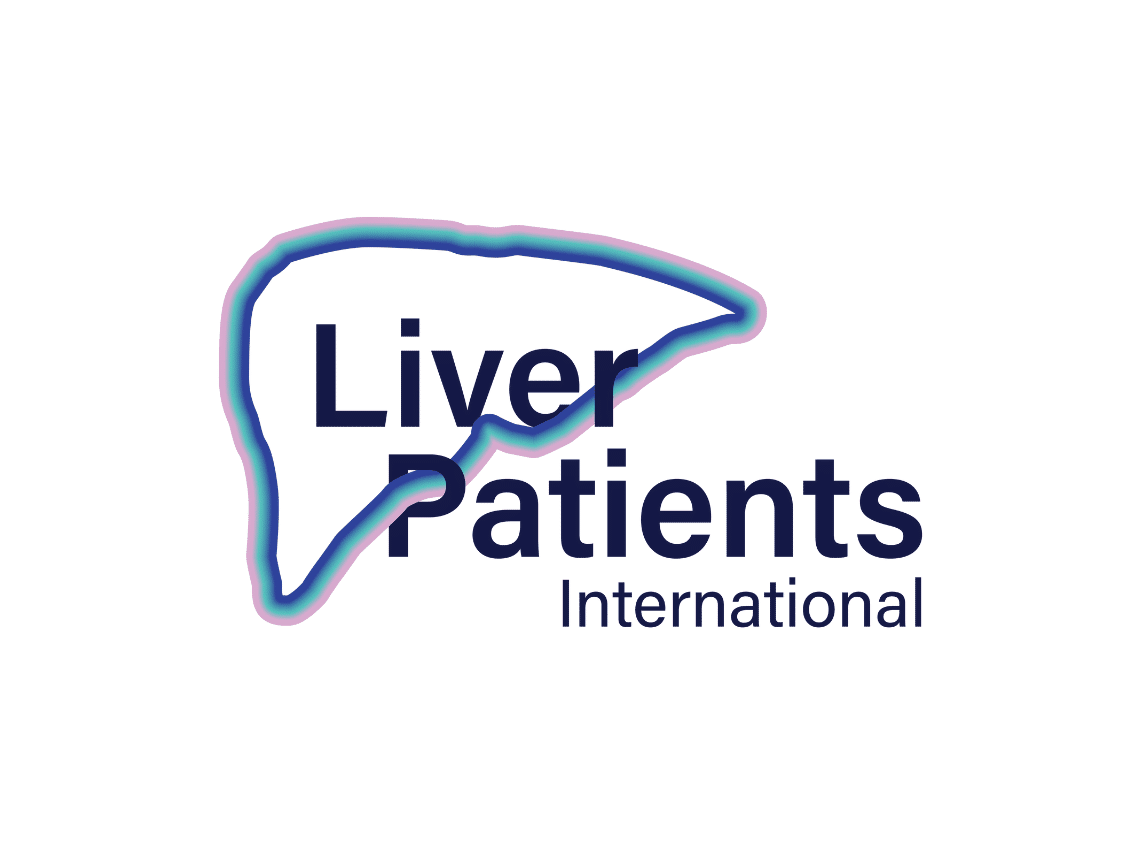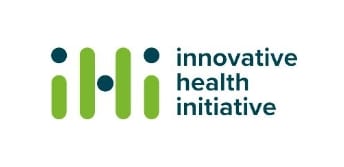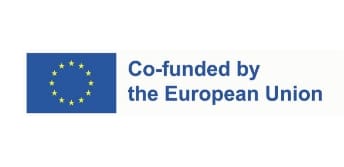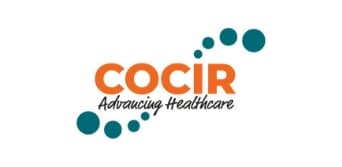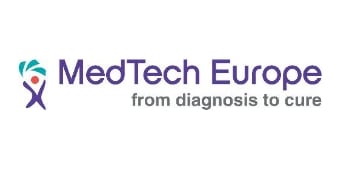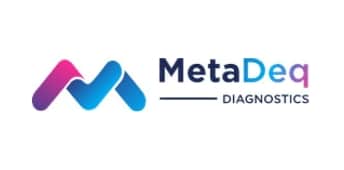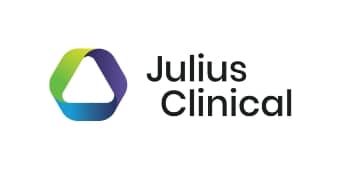The GRIPonMASH Consortium convened for its 2nd Annual Meeting in early 2025, bringing together researchers, clinicians, data scientists, and stakeholders from across Europe to assess the project’s progress and align priorities for the coming year. The meeting showcased fundamental updates across work packages, emphasized collaboration, and reaffirmed GRIPonMASH’s mission: to transform MASLD (Metabolic dysfunction-associated steatotic liver disease) diagnosis and care through pioneering technology, coordinated research, and clinical engagement.
Progress on Platform Development and AI Integration
A major focus of the meeting was the ongoing development of the GRIPonMASH platform and its embedded AI-powered clinical decision support tool. Structured over a four-year timeline, key deliverables are on track. By October 2025, an exploitation plan will define essential platform components, including biomarker panels, clinical scoring tools, and data interface structures—all designed with compliance and regulatory standards in mind.
The longer-term vision, scheduled for early 2027, includes full integration of a meta-cohort and AI algorithm. This integration will harness contributions from Work Package 3 (Data Science) and is expected to significantly enhance clinical stratification and patient management strategies.

Screening Study Advances Across Europe
The screening study, a cornerstone of GRIPonMASH, has now been approved by ethics committees in all ten participating countries. Seven countries have already begun patient enrolment, with others to follow soon.
Early results indicate promising trends: 63% of participants were recruited through primary care, and all have undergone FibroScan assessments. Most participants have also completed blood sampling and lab tests.
Biomarkers, Subpopulations, and Analytical Strategy
The SAP (Statistical Analysis Plan), developed collaboratively across work packages, laid out rigorous strategies for analyzing outcomes such as MASLD severity and liver fibrosis staging. Key elements include:
-
Stratification of a 1,000-person sub-cohort using risk-based grouping.
-
Consideration of diagnostic tools like FibroScan and FIB-4, especially in diabetic populations.
-
Robust handling of missing data using techniques like multiple imputation.
-
Development of ML (Machine Learning) pipelines that undergo peer-reviewed coding and validation practices.
Biomarker research is also progressing, with efforts to combine clinical data, omics, and patient-reported outcomes. This integrative approach is expected to enhance diagnostic accuracy and open avenues for personalized treatment strategies.
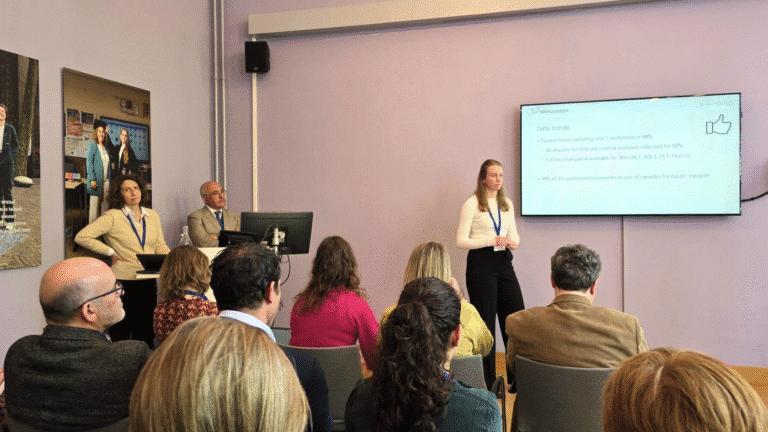
Operational Milestones and Ethical Considerations
Several key milestones have been reached, including finalization of the study protocol and launch of the Study Initiation Package, which streamlined ethics applications across sites. Trial logistics—such as insurance, sample handling, and biobanking—are now firmly in place.
To address discrepancies in protocol and real-world practice, the consortium approved a non-substantial amendment removing the GCP (Good Clinical Practice) compliance requirement for this screening study, emphasizing adherence to minimal quality standards instead. Challenges around the collection of race data were also addressed, with a decision to exclude such data moving forward to align with ethical guidelines.
The biobanking strategy was further refined, with new guidelines released and a limit of two annual sample shipments per site. A major priority for 2025 remains increasing recruitment while ensuring high data quality and patient reconsent.
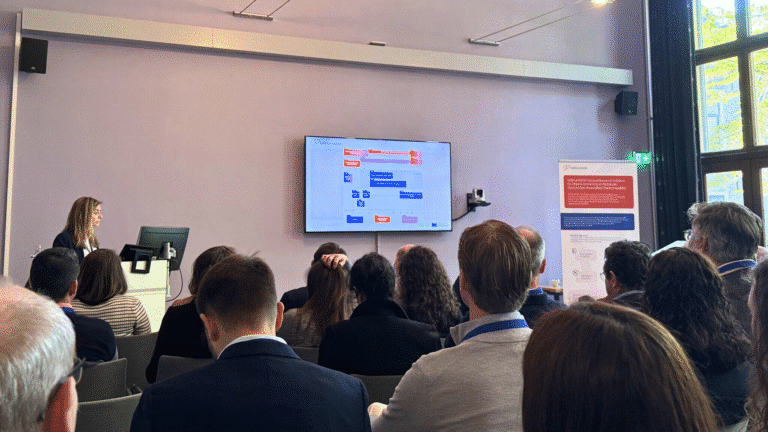
Cross-Functional Progress and Shared Learning
Over the past year, the GRIPonMASH project has made significant progress across multiple work packages, including the development of a comprehensive biomarker portfolio, standardization of data collection protocols, and the implementation of coordinated recruitment strategies across clinical sites. A range of activities were undertaken, such as the inclusion of liver-specific and metabolic markers, long-term sample follow-up planning, and strategic stratification of patient sub-cohorts. Systematic reviews were completed on lifestyle interventions and guidelines, and standard operating procedures were finalized to harmonize data collection, including dietary recall and lifestyle advice. Recruitment efforts varied across centers, with some sites fully operational and others still initiating, often relying on networks of GPs and outpatient clinics.
PhD presentations showcased ongoing research on MASLD screening, diagnostic accuracy of non-invasive tests, AI in precision medicine, dietary interventions, and care pathways. Ethical, economic, and regulatory considerations are being actively explored, including the implications of AI in healthcare. Lastly, communication and stakeholder engagement have been strengthened through social media campaigns and educational initiatives, with upcoming efforts focused on training and dissemination.
Looking Ahead: Collaboration, Communication, and Impact
Throughout the meeting, one message was clear: cross-functional collaboration is central to GRIPonMASH’s success. Regular inter work package communication, transparent progress updates, and shared learning were all emphasized as critical components moving forward.
The project is also preparing for a broader market analysis of the MASLD-MASH screening platform, expected to inform the next version of the platform in 2026. Meanwhile, a pilot of the Liver Health Management system, developed in collaboration with Echosens, is set to begin, another step toward realizing the full clinical potential of the GRIPonMASH platform.
With patient enrolment underway, infrastructure rapidly evolving, and inter-disciplinary teams aligned, GRIPonMASH is positioned to make a lasting impact on the future of liver health.


